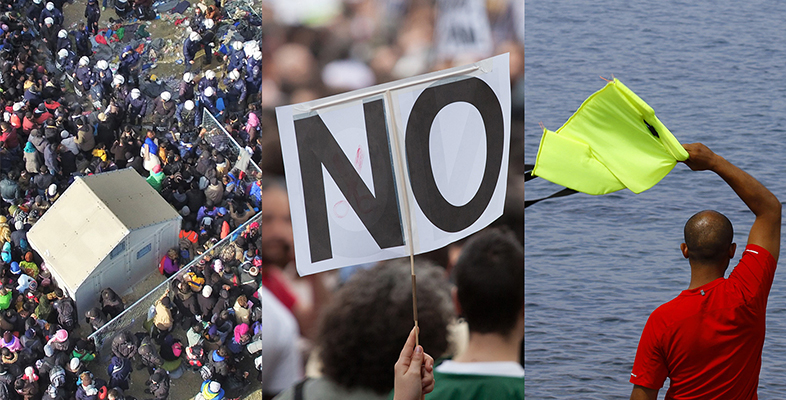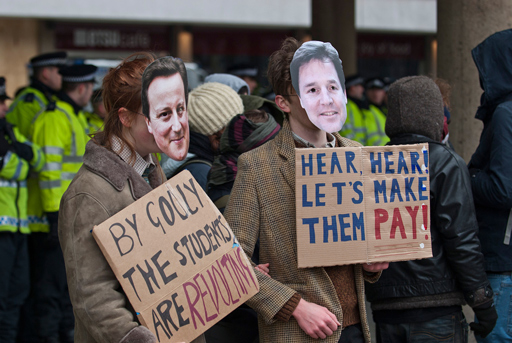3.3 Social identities as political motivations
Some researchers have focused on social identity as an individual motivational factor that can help better understand why people engage in collective action (Van Zomeren, 2016; Van Zomeren et al., 2008). One such example is the Social Identity Model of Collective Action (SIMCA), which seeks to explain how individuals engage in political action to achieve group goals. This covers a variety of different kinds of political action, including mass revolutions and uprisings (such as the 2011 ‘Arab Spring’ mass protests), or, more typically, when individuals seek change within an existing social system (such as when residents of a neighbourhood collectively organise a collective clean-up of their streets).
The SIMCA proposes that there are three core motivations for people to engage in political action:
- Group identification: the degree to which people feel that they are part of a group
- Group-based injustice: the perceived and felt unfairness related to the group’s treatment or position in society (e.g. feeling discriminated against)
- Group efficacy: the belief that the group can achieve its goals through collective action
These three core motivations all predict political action, but it is group identification that is the most important. The more strongly a person identifies with a group, the more strongly they perceive they are being discriminated against (group-based injustice), and the more strongly they are likely to believe that the group can achieve its goals through collective action (group efficacy). As an example, consider the protest against the rise of student tuition fees in the UK in 2010. According to the SIMCA, the more an individual identified as a student, the more likely they would have been to feel that they were being discriminated against, and the more likely they would have been to feel that they could achieve their goals through protest than if they didn’t identity as a student at all.

